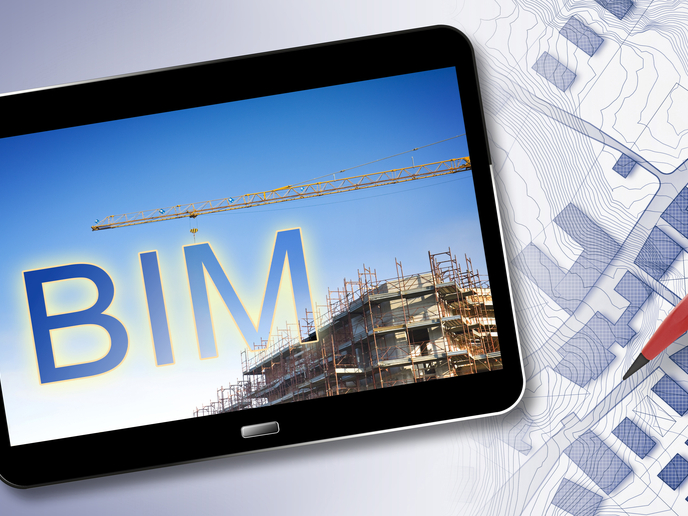Increasing energy efficiency with building information modelling
The offices we work in, the stores we shop in and the houses we live in consume a lot of energy. In fact, buildings are responsible for nearly 40 % of Europe’s total energy consumption. As Europe looks to reduce its carbon footprint, the building sector must increase its energy efficiency and performance. One way of doing this is with building information modelling (BIM). “By taking into account all the energy aspects of a building’s entire lifecycle – design, construction, management, maintenance and demolition – BIM helps decrease a building’s environmental impact,” says Anna Moreno a senior researcher at ENEA, the Italian National Agency for New Technologies, Energy and Sustainable Economic Development. Moreno also serves as the coordinator of Net-UBIEP (Network for Using BIM to Increase the Energy Performance), an EU-funded project working to increase the use of BIM in the building sector.
A change in mindset
Using a range of different tools and technologies, BIM creates digital representations of the physical and functional characteristics of a building. Applied to energy efficiency, it allows building professionals to study and predict a building’s energy consumption. “BIM is a change in mindset, one that requires seeing a building not as a finished structure, but as a series of stages,” explains Moreno. “As a building’s energy performance changes throughout its lifecycle, building professionals can use BIM to predict a building’s energy performance at each lifecycle stage and, based on this information, implement proper energy-saving solutions.” But before the building sector starts making such energy-informed decisions, they must first embrace the BIM process – which is where the Net-UBIEP project comes in. “Each technician, public officer, designer, constructor and facility manager must understand how the information they manage could be used by someone else further down the building’s lifecycle,” says Moreno. “Our project aims to reach all of these professionals and provide them with the training and motivation to implement the BIM process.” The project has developed BIM training, qualification and certification schemes that specifically address the building sector’s lack of energy competency. By completing the schemes, a professional will be deemed competent as either a BIM evaluator, facility manager, coordinator, expert or user.
Comprehensive training
All Net-UBIEP materials are publicly available via the project website in eight languages (Croatian, Dutch, English, Estonian, Italian, Lithuanian, Slovakian and Spanish). An e-learning course is also available for technicians, who typically do not have the flexibility to follow a face-to-face course. Although a work-in-progress, when complete, the project hopes to have increased the energy performance competency of over 2 000 building professionals. Project researchers are encouraging Member States, universities and professional associations to promote the uptake of the Net-UBIEP qualification courses. “The project has laid the foundation for the digitalisation of the building sector,” adds Moreno. “Now it is up to the Member States to build on our work by pushing both the public and private sectors to use BIM in all construction projects.” The Net-UBIEP team is also working with public administrations to make BIM training and certification a requirement within the public procurement process. Finally, on 28 October 2019, Net-UBIEP signed a Memorandum of Understanding with Building Smart International (bSI), allowing for the inclusion of the Net-UBIEP qualification scheme as a new module of the bSI Individual Qualification Programme. This is significant because, once achieved, any country in the world will be able to access the Net-UBIEP qualification through its national bSI chapter.
Keywords
Net-UBIEP, building information modelling, BMI, energy performance, e-learning, training, qualification, construction, certification







